From top to bottom, the ROG Strix GeForce RTX 3080 Ti has been radically improved to accommodate the impressive new NVIDIA Ampere architecture and to deliver the next wave of gaming performance innovation to the market. A fresh design and more metal surrounds a grouping of Axial-tech fans. Last gen's uniform fan layout has been usurped by a new rotation scheme and specialized roles for central and auxiliary fans.
Below the blades, a larger, more impressive heatsink is ready for the most demanding thermal loads. The PCB has some new tricks up its sleeves, and even the backplate has received some performance-boosting changes. You've been waiting for the latest and greatest in graphics card design - and this is it.
The barrier ring on the side fans has been slimmed down to allow for more lateral intake and to provide better airflow through the cooling array. The center fan's extra blades and full-height ring provide boosted static pressure to blast air directly onto the GPU heat spreader. The center fan's extra blades and full-height ring provide boosted static pressure to blast air directly onto the GPU heat spreader. The center fan's extra blades and full-height ring provide boosted static pressure to blast air directly onto the heat spreader.
The center fan's extra blades and full-height ring provide boosted static pressure to blast air directly onto the heat spreader. From top to bottom, the ROG Strix GeForce RTX™ 3080 Ti has been radically improved to accommodate the impressive new NVIDIA Ampere architecture and to deliver the next wave of gaming performance innovation to the market. Last gen's uniform fan layout has been usurped by a new rotation scheme and specialized roles for central and auxiliary fans. With that said, there's no doubt you're getting a lot of processing power in return for your troubles. The RTX 3080 features 8704 CUDA cores, running with a core clock of 1440MHz that can easily boost up to 1905MHz and sustain it.
With the great cooling performance of the Asus Strix version, I never observed temperatures above 75 degrees Celsius, meaning that boost clock had room still to be pushed higher. The RTX 3080 does ship with only 10GB of VRAM, a full GB less than the RTX 2080 Ti, but does make up the ground by upgrading from GDDR6 to the faster GDDR6X. To bolster the specialized roles of the center and auxiliary fans, the rotational direction of the center fan is reversed. This reduces air turbulence inside the cooling array for another boost to overall thermal performance.
The fans also shut off completely when card power consumption is low and the GPU temperature falls beneath 50 Celsius, keeping noise levels down when the system is under a light load. From top to bottom, the ROG Strix GeForce RTX™ 3080 Ti has been radically improved to accommodate the impressive new Ampere chips from NVIDIA and to deliver the next wave of gaming performance innovation to the market. You've been waiting for the latest and greatest in GPU design - and this is it.
Developers can now add even more amazing graphics effects to Microsoft Windows-based PC games. GeForce RTX graphics cards deliver advanced DX12 features like ray tracing and variable rate shading, bringing games to life with ultra-realistic visual effects and faster frame rates. The ASUS GPU Tweak II utility takes graphics card tuning to the next level. It allows you to tweak critical parameters including GPU core clocks, memory frequency, and voltage settings, with the option to monitor everything in real-time through a customizable on-screen display. Advanced fan control is also included along with many more features to help you get the most out of your graphics card.
From top to bottom, the ROG Strix GeForce RTX™ 3080 has been radically improved to accommodate the impressive new Ampere chips from NVIDIA and to deliver the next wave of gaming performance innovation to the market. You've been waiting for the latest and greatest in GPU design – and this is it. All-in-one liquid-cooled graphics cards are nothing new by this point, but it's still always a wonder to see how much extra power you can squeeze from a GPU when it's freed from an air-only cooling design.
The Asus ROG Strix LC AMD Radeon RX 6800 XT OC Edition is a perfect example of performance placed above all else, and in its pursuit of raw power at any cost, the card almost succeeds handily. The new Strix LC RX 6800 XT is based on the same RDNA 2 architecture as reference models, and features TSMC's 7-nanometer lithography on a 520mm-square "Navi 21 XT" GPU die. You won't find any fundamental changes to the reference design under the hood, aside from a slightly higher boost clock that's been bumped from 2,250MHz to 2,360MHz in this version. That's hardly a huge gain for all the attached cooling hardware, but we'll show you what that liquid loop can do once we get into our overclocking tests down below. A wide backplate vent and shortened PCB allows hot air to escape towards chassis exhaust fans instead of being recycled by the GPU's circulating cooler design.
A GPU bracket provides extra stability to the critical connection between die and heat spreader. The I/O bracket is made from stainless steel to protect ports and provide a more secure mount. A conveniently placed Dual Bios switch allows quick selection between "performance" and "quiet" mode for basic customization of the card's default behavior without software. To bolster the specialized roles of the center and auxiliary fans, the rotational direction of the center fan has been reversed.
This reduces airflow turbulence inside of the cooling array for another boost to the card's overall thermal performance. The sum of the ROG Strix's cooling innovations results in lower fan speeds and raises the performance threshold for achieving a sub-55 degree GPU temp, at which point the fans can shut off completely. A wide backplate vent and shortened PCB allow hot air to escape towards chassis exhaust fans instead of being recycled back into the cooler. The ASUS ROG STRIX LC GeForce RTX 3080 Ti is the company's flagship custom-design RTX 3080 Ti graphics card, characterized by its factory-fitted, all-in-one liquid cooling solution.
The cooler combines an AIO liquid cold-plate to pull heat from the GPU and memory, while a set of heatsinks and lateral blower provide additional cooling. Interestingly, this cooler debuted with the Radeon RX 6800 XT STRIX LC, which along with the RX 6900 XT are believed to have triggered product-stack updates among NVIDIA's ranks. Anthony joined the TweakTown team in 2010 and has since reviewed 100s of graphics cards. Anthony is a long time PC enthusiast with a passion of hate for games built around consoles. FPS gaming since the pre-Quake days, where you were insulted if you used a mouse to aim, he has been addicted to gaming and hardware ever since.
Working in IT retail for 10 years gave him great experience with custom-built PCs. The new GPU comes with slightly lower boost and base clock rates compared to the 3080 and 3090. However, the 3080 Ti has a bit higher memory and about 1,500 more CUDA cores than the 3080. The particular GPU we looked at here is the ASUS ROG Strix GeForce RTX 3080 Ti. The one reviewed is the air-cooled version, but speaking of cool, there is a hybrid liquid-cooled card using both liquid and air cooling available as well.
Functioning with twin 90 mm fans along with two high performance heat pipes, it keeps a steady cooling effect for the component. For better performance, the included 1 click OC feature runs a process with just 1 button that will boost the highest stable overclock settings for customers' graphics card. A wide backplate vent and shortened PCB allows hot air to escape towards chassis exhaust fans instead of being recycled by the GPU's circulating cooler design.
A conveniently placed Dual Bios switch allows quick selection between "performance" and "quiet" mode for basic customization of the card's default behavior without software. When it came time to overclock the card using AMD's Radeon Software utility, I achieved a maxed-out stable overclock of 2,800MHz on the boost clock, with 200MHz added to the VRAM. Ampere graphics cards deliver a large performance-per-watt improvement compared to their predecessors. To fully exploit these improvements, they can draw more power overall.
The massive ROG Strix heatsink and a carefully designed PCB allow us to support that improved performance with large amounts of raw electrical power. Asus uses an application called GPU Tweak II to control their graphics cards. Like other similar applications, you're able to control a slew of functionality from the interface.
This includes core and memory speeds, power limit and voltage, fan control, and more. The interface is simple and easy to use if looking a bit dated compared to other applications . This reduces airflow turbulence inside of the cooling array for another boost to the card's overall thermal performance. The sum of the ROG Strix's cooling innovations results in lower fan speeds and raises the performance threshold for achieving a sub-55 degree GPU temp, at which point the fans can shut off completely. Air is moved through the heatsink via three axial fans – where Asus has increased the blade count to a total of 13 on the center and 11 on the auxiliary fans.
The axial style fans also use a smaller barrier ring than previous generations which is said to allow for more lateral intake and provide increased airflow through the array. The center fan's additional blades, full-height barrier ring, and blade count increase static pressure pushing air directly onto the GPU heat spreader. The Asus ROG Strix RTX 3080 OC hails from a long line of ROG Strix video cards that are built with more robust power delivery, cooling capacity, and enough RGB LED lighting elements to show it all off. The latest ROG Strix, based on Nvidia's new Ampere architecture , brings all of that to the table and more. The back of the card uses a wide backplate vent and along with the shortened PCB allows warmed air to move towards your case's exhaust fans with ease. A dual BIOS switch found on the top by the RGB elements allows for a quick swap between "performance" and "quiet" modes for the fans.
The crypto currency Ergo is based on the Autolykos algorithm, which was updated in version 2 in early 2021. The Autolykos 2 algorithm is based on the PoW concept and can be efficiently calculated by a graphics card. When calculating Ergo Coins, ASICs have no efficiency advantage over modern graphics cards, which should make Ergo attractive for as many miners as possible. The Ergo protocol is based on the blockchain and has been optimized for a very long shelf life.
The hashrates were achieved under Hive OS with moderate overclocking settings. To get heat up off the die and into the heatsink array to benefit from the new fan design requires special attention. We use a manufacturing process that polishes the surface of the heat spreader to improve smoothness at the microscopic level. The extra flatness allows for better contact with the die for improved thermal transfer. Reviewing the best graphics card isn't a difficult task since most aftermarket GPUs will perform roughly the same, so long as they are running the same NVIDIA or AMD internals. Aftermarket cards like the ASUS ROG Strix GeForce RTX 3080 we have for review today rely more on cooling, overclocking, price, and design to set themselves apart.
The rotational direction of the centre fan is reversed as well, reducing air turbulence inside the cooling array, similar to what Gigabyte does on its WindForce cooler. In addition, the fans shut off completely when card power consumption is low and the GPU temperature falls below 50°C, keeping noise levels down when the system isn't working hard. It has been optimised for the larger heatsink with a higher blade count, with 13 on the centre fan and 11 on the auxiliary spinners. The barrier ring on the side fans has also been slimmed down for more air intake at the sides, providing better airflow through the heatsink.
On top of that, the centre fan's extra blades and full-height barrier ring provide increased static pressure to channel air directly onto the heat spreader. I used a 3070 gaming x trio and from what I remember, those fans at 60-70% fan speed is still the most quiet compared to the rog strix 3080 I owned. As mentioned earlier, the ASUS ROG STRIX LC lugs a bulky all-in-one liquid cooling and air hybrid solution without it coming across as ugly and tacked on. ASUS appears to have taken a keen interest in adding to the industrial design of the card and radiator.
The cooler also supports a major factory-overclock to 1830 MHz, compared to the 1665 MHz reference. This puts its performance well above even the RTX 3090, while also costing more than its MSRP. In this review, we show you whether it's worth just picking this card over an RTX 3090, if available. The Asus ROG Strix LC RTX 3080 Ti sets a new record for out-of-box performance, no doubt helped along by the copious RGB lighting — you all know RGB makes your PC parts go faster, right? This would potentially be one of the best graphics cards you could buy right now, if you could actually go out and buy it.
Synthetic benchmarks can be good predictors of real-world gaming performance. UL's circa-2013 Fire Strike Ultra is still a go-to as an approximation of the load levied by mainstream 4K gaming. We're looking here only at the test's Graphics Subscore, not the Overall Score. Another test, 3DMark's Time Spy Extreme, is a good approximation of how well a card will do with DirectX 12 games at 4K resolution. We also run 3DMark's Port Royal, limited to GeForce RTX cards at the moment , measuring how well they handle ray-tracing tasks. Finally, we throw in a pair of GPU acceleration tests ; more details on those at the "how we test" link.
Three fans built using our latest Axial-tech design spin in a counter-rotating pattern to deliver a smooth, directed stream of air through the high-surface-area fin stack. Higher blade counts on each fan increase both static pressure and the cubic feet per minute of airflow available, all without undesirable increases in noise levels. At idle, the fans drop into a 0dB mode that helps to minimize your system's noise levels. And FanConnect II headers let your case fans deliver a blast of cool air right when it's needed. The liquid cooling loop is the star of the show for the ROG Strix LC RTX 3080 Ti, but this card would be nothing without its fans. A pair of custom-designed 120 mm units, optimized for both high CFMs and high static pressure, keep plenty of air moving through the dense fins of the remote radiator.
A low-noise blower fan under the card's shroud cools a low-profile heatsink to ensure those crucial components stay cool under stock or overclocked loads. ASUS has taken advantage of these new, more powerful GPUs to create custom designs that serve up high clock speeds, low temperatures, and whisper-quiet noise levels. We test power consumption by running through the game benchmarks of Shadow of the Tomb Raider and F at stock speeds and while overclocked.
We monitor temperatures throughout this testing, with the peak temperature being what is listed in the data below. To more accurately simulate real gaming conditions, the benchmarks are extended to allow the card to settle. Our first set of benchmarks hail from Underwriters Laboratories, who acquired Futuremark back in 2014. Earlier in 2018, a rebrand occurred, and since that time, Futuremark is now UL.
We chose to stick with 3DMark Fire Strike and 3DMark Time Spy as these tests give users a good idea of performance on modern titles. We've also added 3DMark Port Royal which is the first Ray Tracing benchmark designed for Windows 10 PCs and graphics cards with Microsoft DirectX Raytracing capabilities. Additionally, the center fan spins clockwise, the opposite of the two auxiliary fans. This configuration is said to reduce airflow turbulence inside of the cooling array for increased performance. The large heatsink and other cooling innovations, according to Asus, results in lower fan speeds and increases the performance threshold for achieving a sub-55 degree GPU temperature where the fans shut off completely.
Our card had no issues idling with the fans off (except in multi-monitor setups where the fans spun constantly, inaudible). It uses the third version of the "Frostbite Game Engine" developed by the manufacturer DICE. The engine is available for Windows, PS4, PS5, XBox One or XBox Series X. Many physics-based calculations are carried out directly in the game engine, which results in very realistic calculations. Due to its current features, Battlefield 5 is very suitable as a graphics card benchmark. The rear of the ROG Strix graphics card sports two PWM FanConnect headers that provide additional DIY flexibility. Chassis fans can be directly attached to the GPU and tuned with a curve that is based on CPU or GPU temperature, providing extra intake or exhaust for demanding 3D tasks.
It's a little staggering that we're now at a point where you can buy a very capable 4K graphics card for $850. Both NVIDIA and ASUS have done stellar jobs on their fronts that result in one of the best graphics cards available. It's a great choice for anyone wanting to buy a GPU and not have to replace it for many years to come, so long as you have a 4K monitor to enjoy it.
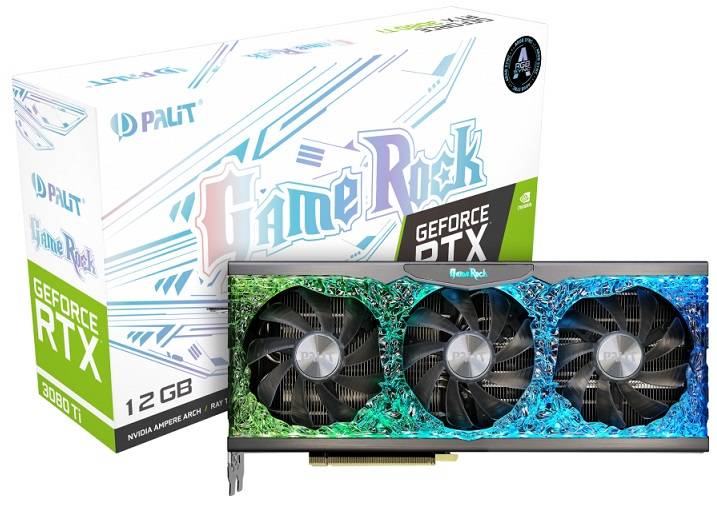


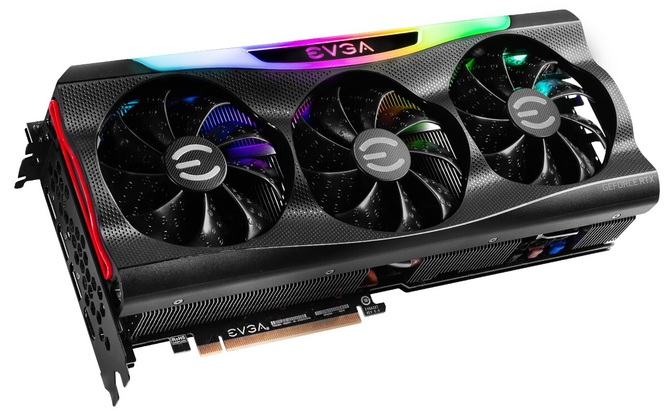






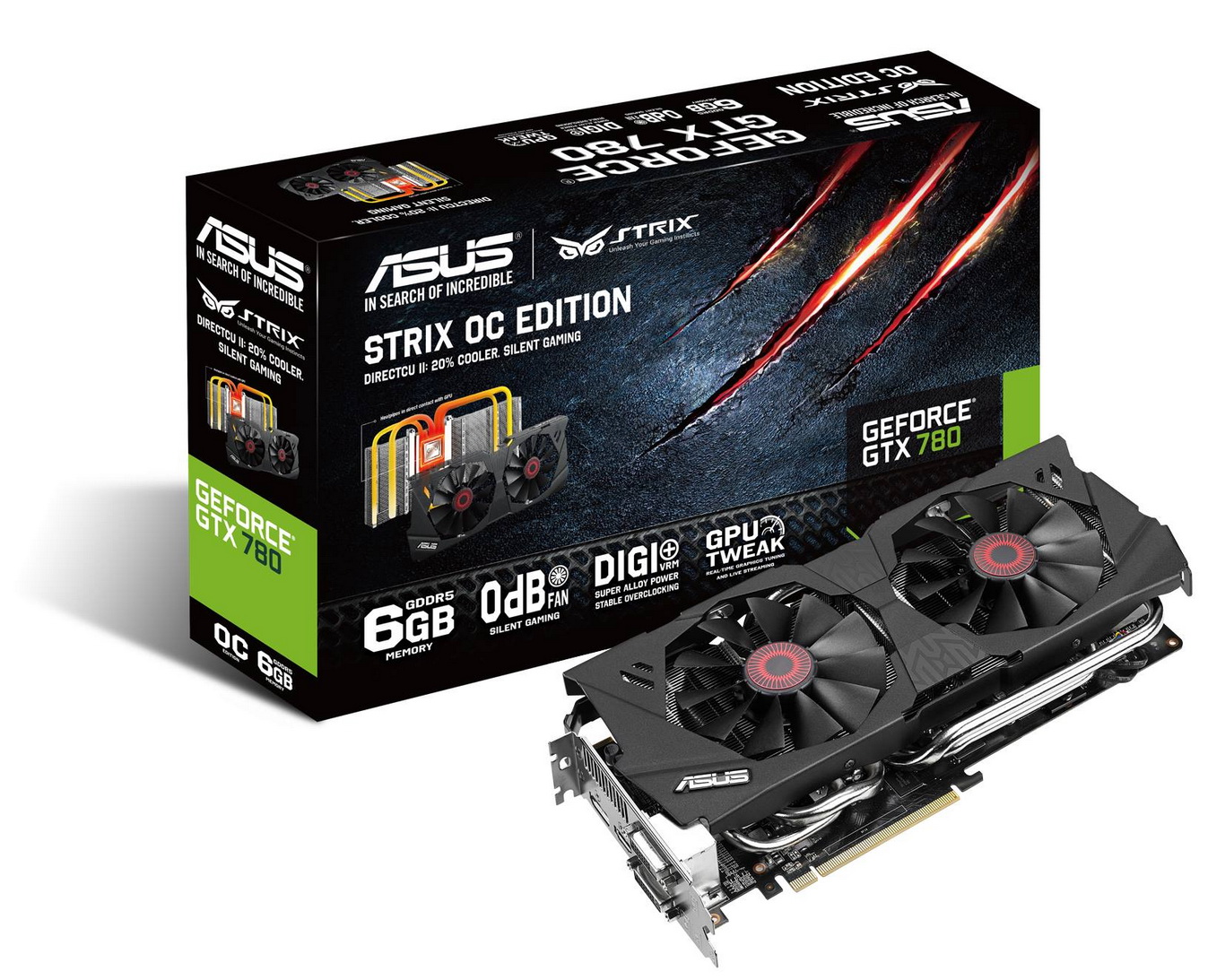



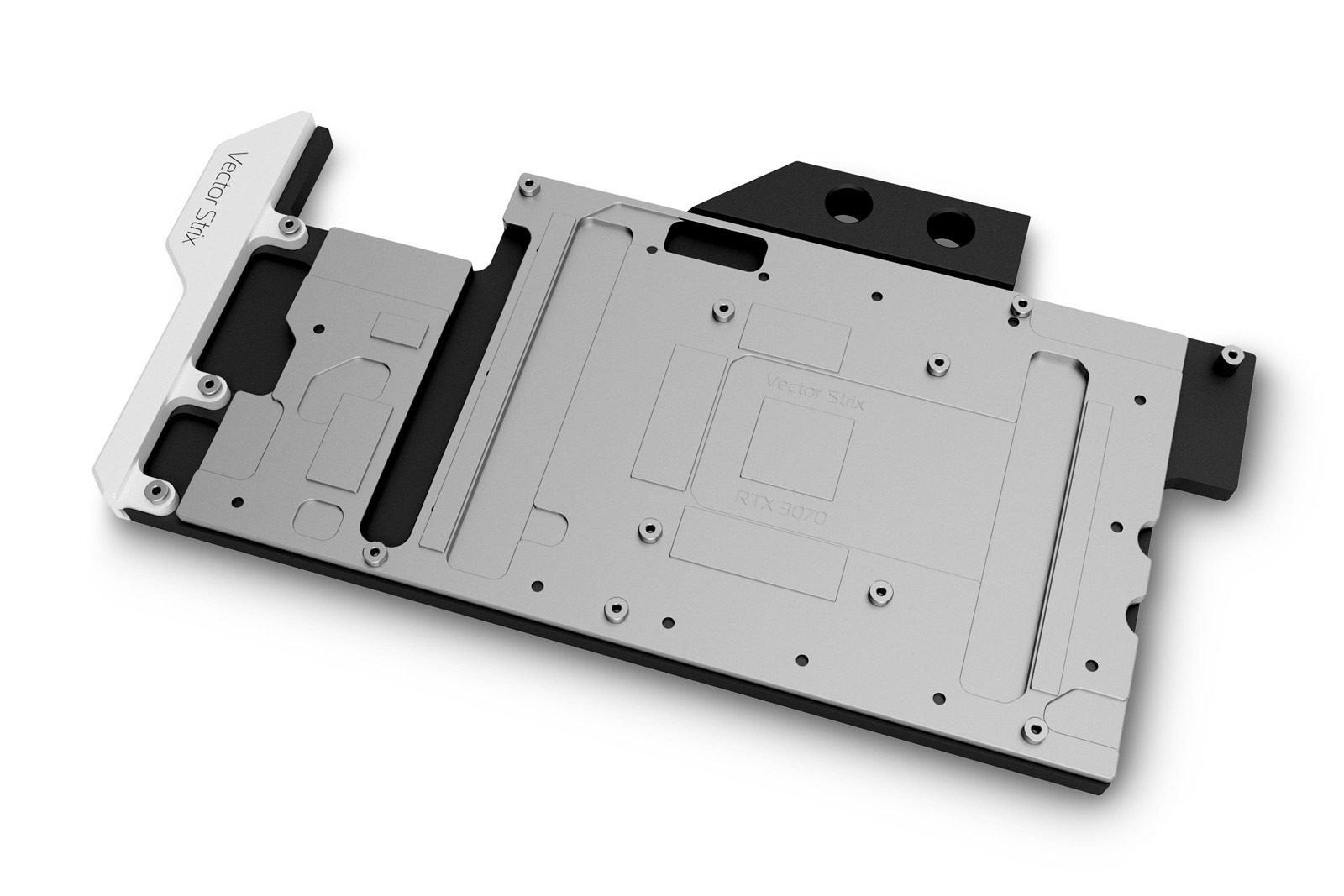


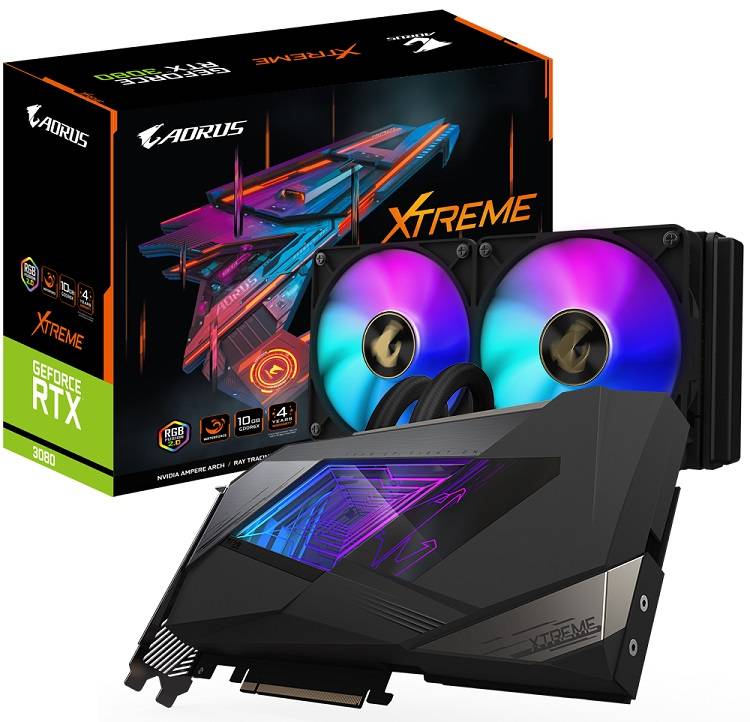
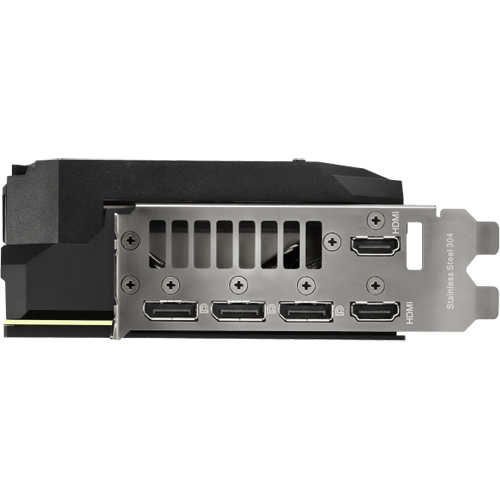
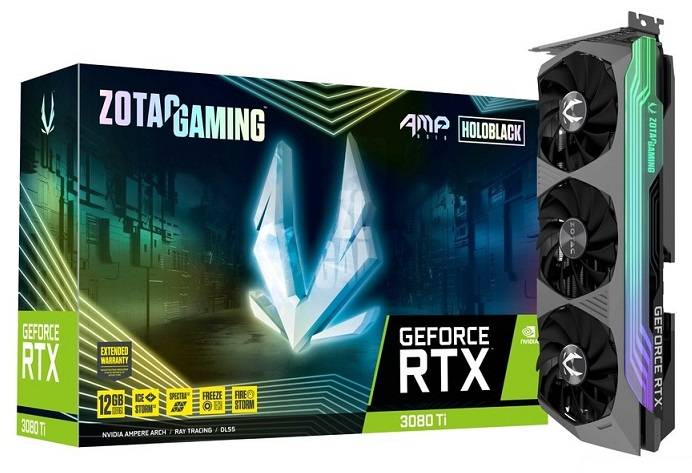



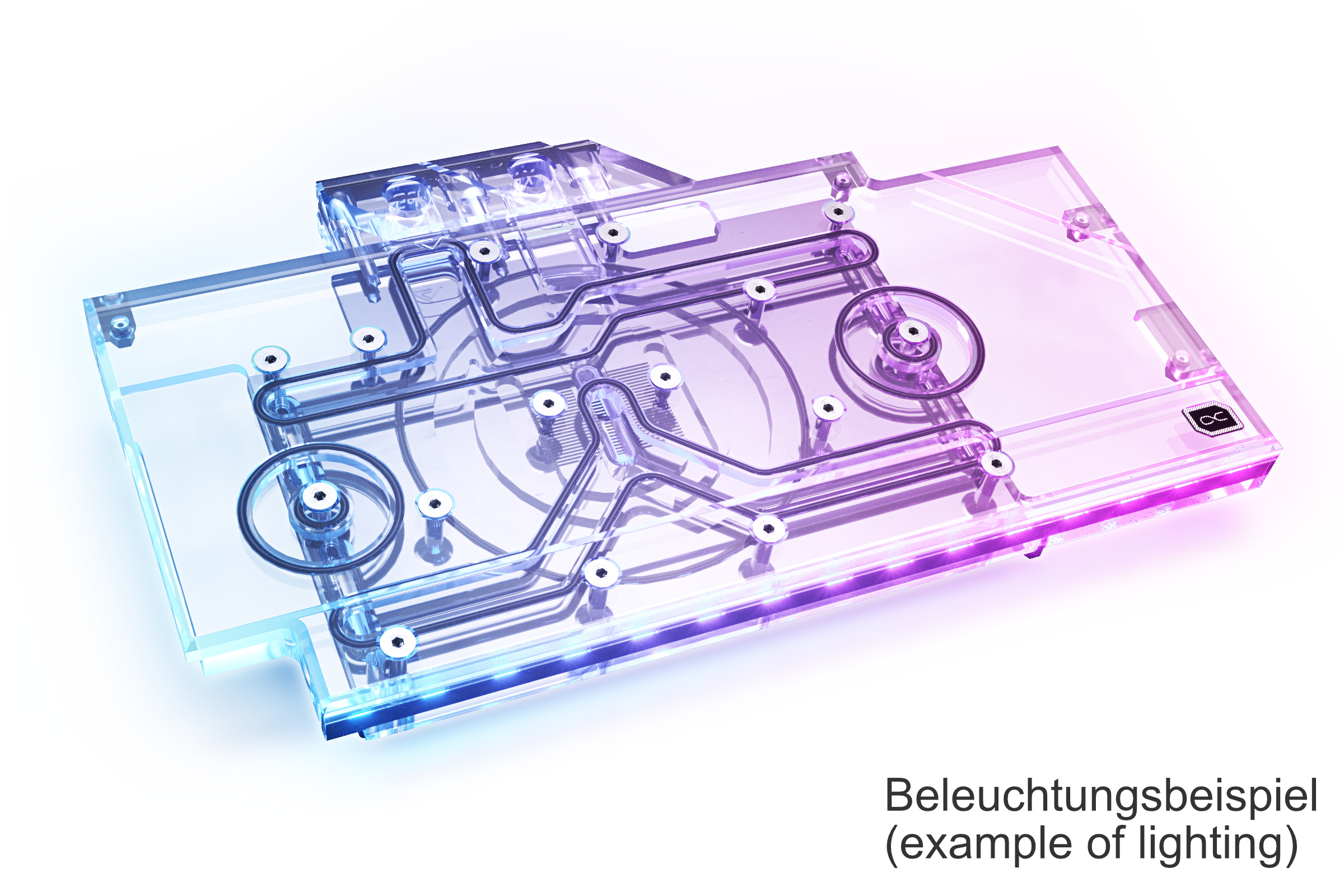



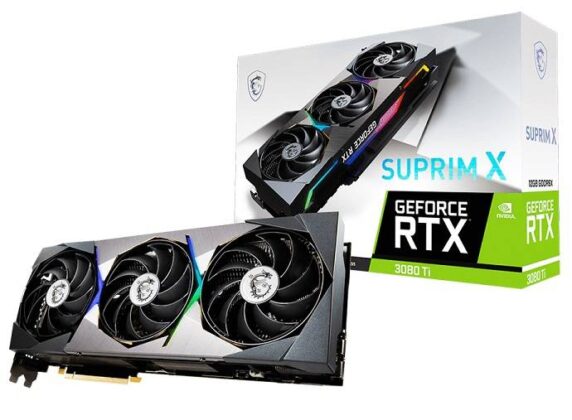



No comments:
Post a Comment
Note: Only a member of this blog may post a comment.